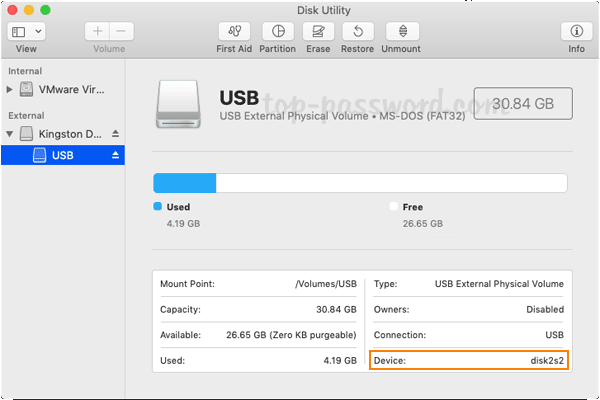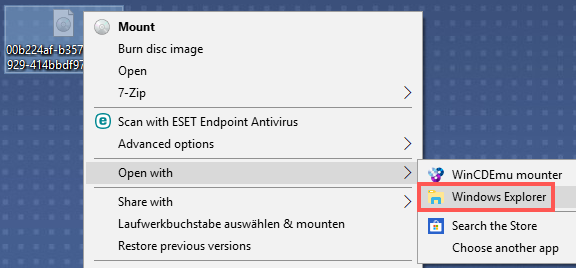
RELATED: User Accounts, Groups, Permissions & Their Role in Sharingįor a more thorough discussion of all things Windows-accounts-related, we recommend you check out this great article, which discusses user accounts and groups. In the end, you shouldn’t leave the guest account enabled, so remember to turn it off if you don’t need it. But, if you have a temporary house guest, or simply need to let someone access your computer to use the Internet, then they can use the guest account.

When all is said and done, we recommend using a standard account for day-to-day use.Ī guest account isn’t something you’ll personally use, and your family members should all have proper standard accounts secured with passwords. You can open the User Accounts control panel and convert any administrator account to a standard one, and vice-versa. In order to use a standard account, you first need to create or convert one to an administrator account. It’s not a terribly difficult process, but we have a nice little how-to on it if you need some help.įor example, maybe you created two administrator accounts but, upon reading this, you decide you only want one. Standard accounts let you use the computer normally but if you want to change security settings or make changes that will affect other users, you will need to provide an administrator’s password. Standard accounts also prevent you from making mistakes, such as deleting important system files. From hereon, if you need to make any changes, such as installing a new application, you can elevate your standard account briefly by entering your admin password.
#Free iso mount windows 7 restrictions install#
We recommend you use your admin account to install all the software you want on your system, and for everything else, use a standard account. To that end, your administrator account should be minimally used and well protected by a nice, strong password. The administrator account is akin to having root access, meaning anyone with administrator privileges can do whatever they want: install software, change settings, and generally mess things up if care is not exercised. Thereafter, you will always have at least one administrator account on your computer. When you first set up your primary Windows profile, it will be an administrator account. For example, you don’t want your kids to have administrator accounts, they should definitely have standard accounts, which prevent users from installing applications and making changes to settings without admin privileges. You want to always make sure that every user has their own account, and they’re assigned the right type of account. In this article, we’re going to talk briefly about implementing user accounts correctly, and then we’ll detail the parental controls baked into Windows 7.

That’s the kind of peace of mind you need and using parental controls is a great way to at least stay on top of what’s going on within your home network. Plus, they can be used in conjunction with something like OpenDNS to filter websites and online activity.

Windows 7’s parental controls are pretty basic, but they’re effective and much better than having nothing at all. Microsoft began offering parental control with Windows Vista and has gradually improved them with each new version. Even using the basic security features offered on your router, you probably aren’t doing as much as you could, which is where Windows parental controls come into play. Without some layer of protection, your kids are exposed to all kinds of risks and dangers online.


 0 kommentar(er)
0 kommentar(er)
